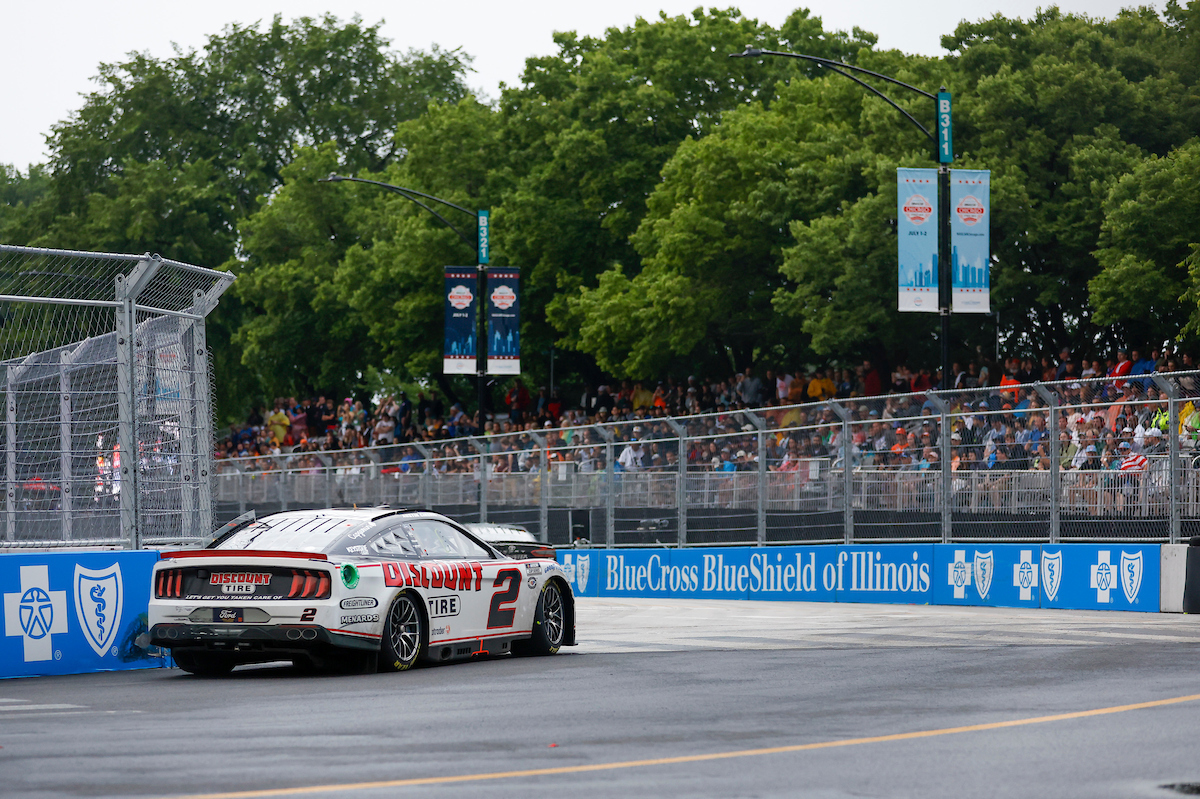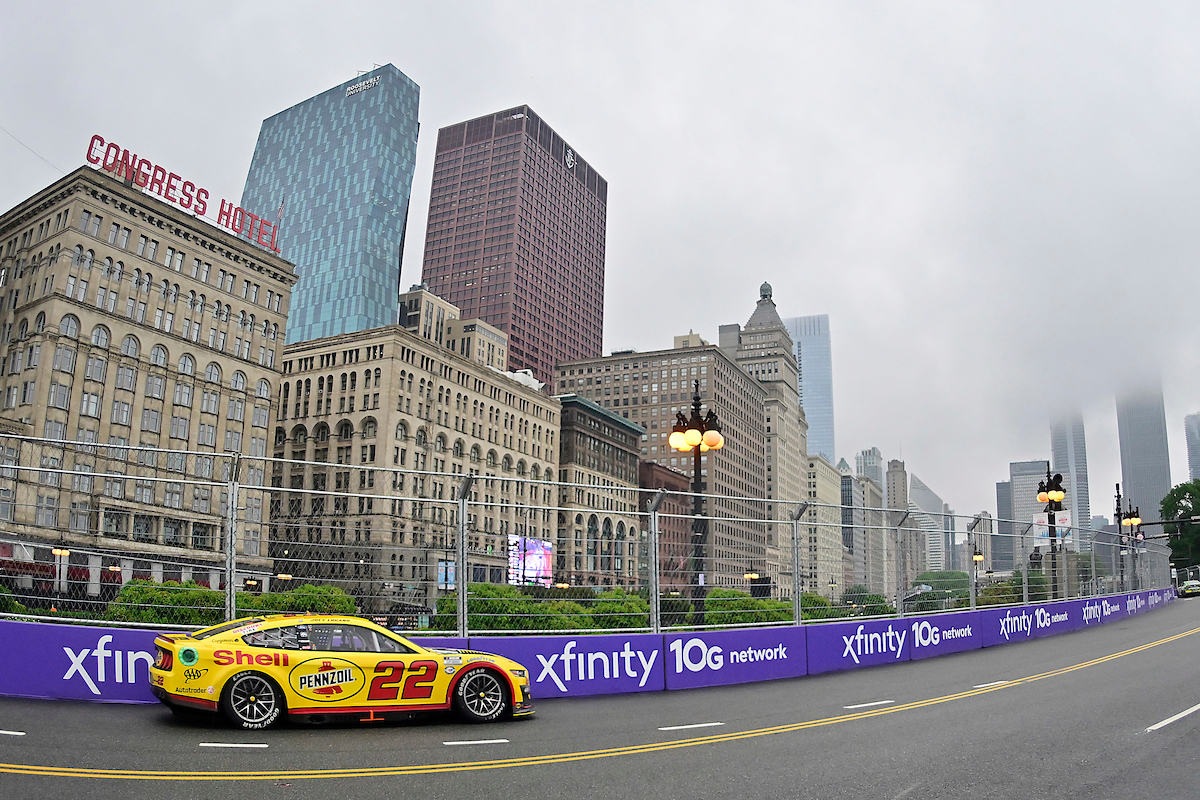How Fast is a NASCAR in km/h?


Ever wondered about the breathtaking speeds NASCAR drivers achieve on the track? This question might have crossed your mind, especially if you’ve ever watched a race and felt the adrenaline rush as cars zip by.
A typical NASCAR can reach speeds of up to 322 km/h (200 mph).
In this article, we will delve deeper into the world of NASCAR racing, exploring the factors that contribute to these exhilarating speeds and providing a comprehensive breakdown of how these vehicles reach such velocity. From the engineering marvels under the hood to the advanced aerodynamics, get ready for a detailed insight into the captivating realm of NASCAR.
A Detailed Explanation of NASCAR Speeds
The Power Under the Hood
At the heart of every NASCAR vehicle is a powerful engine meticulously designed for high-performance racing. These engines are built specifically to achieve maximum horsepower, often exceeding 750 hp. This raw power is a significant factor that allows these cars to attain their impressive speeds.
Advanced Aerodynamics
Aerodynamics plays a crucial role in how fast a NASCAR can go. The shape of the vehicle is streamlined to reduce air resistance as it cuts through the atmosphere. Over the years, engineering teams have fine-tuned these designs, ensuring that air flows smoothly over the car, minimizing drag and maximizing speed.
Tire and Track Synergy
The choice of tires and the condition of the track can also influence a car’s speed. NASCAR tires are designed to have maximum grip on the track surfaces, allowing drivers to maintain high speeds without skidding or losing control. Furthermore, tracks are regularly maintained to ensure they are in optimal condition for the races.
Here’s everything else you need to know about the thrilling world of NASCAR and the factors that make these speeds achievable.
Safety Measures at High Speeds
Safety is paramount in NASCAR racing, especially given the high speeds involved. Modern NASCAR vehicles are equipped with several state-of-the-art safety features to protect both the driver and the integrity of the race.
Harnessing the Speed Safely
At these tremendous speeds, it’s imperative for drivers to maintain control of their vehicles. Advanced braking systems are therefore crucial. These brakes can handle the intense heat generated during a race, providing consistent stopping power. Additionally, the suspension systems in NASCAR vehicles are fine-tuned to handle the dynamic loads experienced during high-speed turns, ensuring that the car remains stable and grounded.
Protecting the Driver
The cockpit of a NASCAR vehicle is built as a survival capsule. Features like a roll cage, a specially designed seat, HANS (Head And Neck Support) device, and fire-retardant suits ensure the driver’s safety in case of a crash. Moreover, ongoing training and simulations help drivers prepare for split-second decisions they might need to make at high speeds.
The Role of Pit Crews in Speed Management
Pit crews play an integral role in a NASCAR team’s strategy. Their efficiency can mean the difference between winning and losing a race.
Precision and Timing
A well-coordinated pit stop can save precious seconds. Changing tires, refueling, and making minor adjustments to the car are all done in a matter of seconds. This rapid turnaround is crucial, as even a delay of a few moments can impact a driver’s position in the race.
Speed Adjustments
During pit stops, crews might make tweaks to the car’s setup based on the driver’s feedback. These changes can influence the car’s performance, potentially giving the driver a speed advantage during certain parts of the race.
The Evolution of NASCAR Speeds
It’s fascinating to look back and see how NASCAR speeds have evolved over the years. From its humble beginnings to the high-octane sport we know today, the quest for speed has always been at its core.
Early Days vs. Today
In the early days of NASCAR, in the 1940s and 1950s, cars were considerably slower. As technology and engineering techniques advanced, so did the speeds. Today’s NASCAR vehicles are not only faster but also more efficient and safer.
Innovation and Competition
The drive to be the fastest has led teams to constantly innovate. Aerodynamic designs, tire compounds, and engine modifications have all seen significant evolution. The spirit of competition, combined with the passion for innovation, continues to push the boundaries of what’s possible in NASCAR racing.
The Influence of Race Tracks on Speed
Every NASCAR race track has its unique characteristics. From the length and width of the track to its banking angle, all these factors influence the maximum speeds attainable during a race.
Track Length and Shape
Shorter tracks, often referred to as short tracks, like Martinsville Speedway, typically see lower top speeds due to their tight turns and shorter straightaways. On the other hand, superspeedways like Talladega can witness astounding speeds because of their long straightaways and high-banking angles that allow cars to maintain high speeds throughout.
Track Surface and Weather Conditions
The type of asphalt, its age, and the ambient temperature can influence tire grip and, consequently, the car’s speed. A newly paved track can offer better grip, enabling drivers to push their cars harder. However, as tracks age, they lose some of that grip, which can affect strategy and speed. Additionally, hotter conditions can make the track slicker, making it a challenge for drivers to maintain optimal speeds.
Economic Impact of NASCAR’s Popularity
NASCAR’s immense popularity and its high-speed allure have significant economic implications, from generating jobs to boosting local economies during race weekends.
Job Creation and Economic Stimulus
Every race weekend brings a flurry of activity. From the teams and their support staff to the local businesses that cater to the influx of fans, NASCAR’s popularity drives job creation. Hotels, restaurants, and local attractions see a spike in their revenues, boosting the local economy.
Merchandising and Branding
With speed comes excitement, and with excitement comes an eager fan base. NASCAR merchandise, from apparel to die-cast models, generates millions in revenue. Additionally, brands that sponsor teams or races benefit from the association with such a high-octane sport, further intertwining economics with the need for speed.
The Future of Speed in NASCAR
As with any sport, evolution is inevitable. With technological advancements and an ever-present hunger for more speed, what does the future hold for NASCAR?
Electrification and Hybrid Systems
With the auto industry progressively moving towards electrification, NASCAR might also see a shift. Hybrid systems can offer instant torque, potentially adding to the speed dynamics of the race. However, the introduction of such systems will require a rethinking of race strategies and pit stops.
Safety and Speed Limitations
While the pursuit of speed is relentless, safety remains paramount. NASCAR governing bodies constantly evaluate the balance between speed and safety. As cars get faster, innovations in safety must match that pace to ensure the well-being of drivers, crew, and fans.
Environmental Considerations
With increasing awareness of environmental concerns, NASCAR is also exploring sustainable fuels and practices. While these may not directly influence speed, they will play a significant role in shaping the sport’s future and its relationship with speed.
How fast is a NASCAR in km h?- Final Thoughts
From the raw power under the hood to the intricate designs that minimize drag, you’ve journeyed through the various aspects that define the thrilling speeds of NASCAR. You’ve also seen how this beloved sport influences economies, pushes technological boundaries, and might evolve in the future. As a fan or just a curious reader, always remember that behind every speedometer reading, there’s a blend of engineering genius, relentless passion, and an enduring love for the sport. May your own passions drive you as fiercely and as fast as a NASCAR on the final lap.
How fast is a NASCAR in km h?–FAQ
Q: How often do NASCAR cars need to refuel during a race?
A: NASCAR cars typically need to refuel every 50-60 laps, but this can vary based on the track and race strategy.
Q: Do NASCAR drivers use standard gasoline in their cars?
A: No, NASCAR vehicles use a special blend of racing fuel, which is lead-free and has a higher octane level than standard gasoline.
Q: Why do NASCAR cars only turn left?
A: While most NASCAR ovals feature left turns, it’s a tradition rooted in the sport’s early days. However, there are road course races where drivers turn both left and right.
Q: What’s the average lifespan of a NASCAR race tire?
A: A tire’s lifespan varies depending on the track, but on average, they last 40-60 laps before requiring a change.
Q: Are there female drivers in NASCAR?
A: Yes, there have been and continue to be female drivers in NASCAR, contributing significantly to the sport’s diversity and competitiveness.










